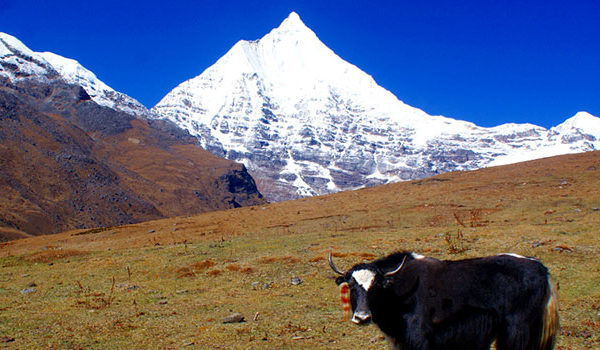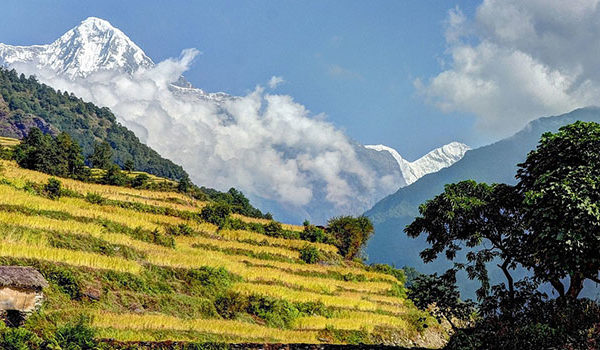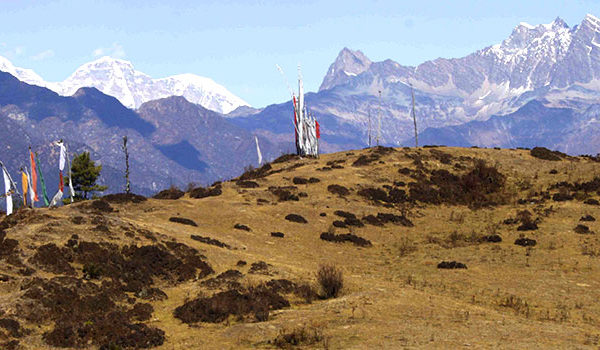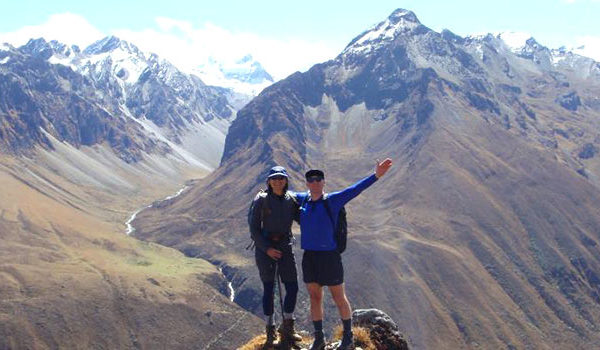This trek route offers a great variety of trekking conditions, from picturesque farmland and forests to alpine pastureland and high passes.
Spectacular campsites, beneath some of Bhutan’s most impressive peaks, of which the most notable are Mount Chomolhari and Mount Jichu Drake, are also the features of this trekking route. Numerous isolated Dzongs and scattered settlements, including the outlandish village of Laya, provide a great deal of cultural interest enroute.
Wildlife such as the blue sheep, marmots, musk deer and the national animal, the Takin, can be seen. One should also not rule out the possibility of the rare sighting of a snow leopard, great Himalayan bear or even the yeti.




